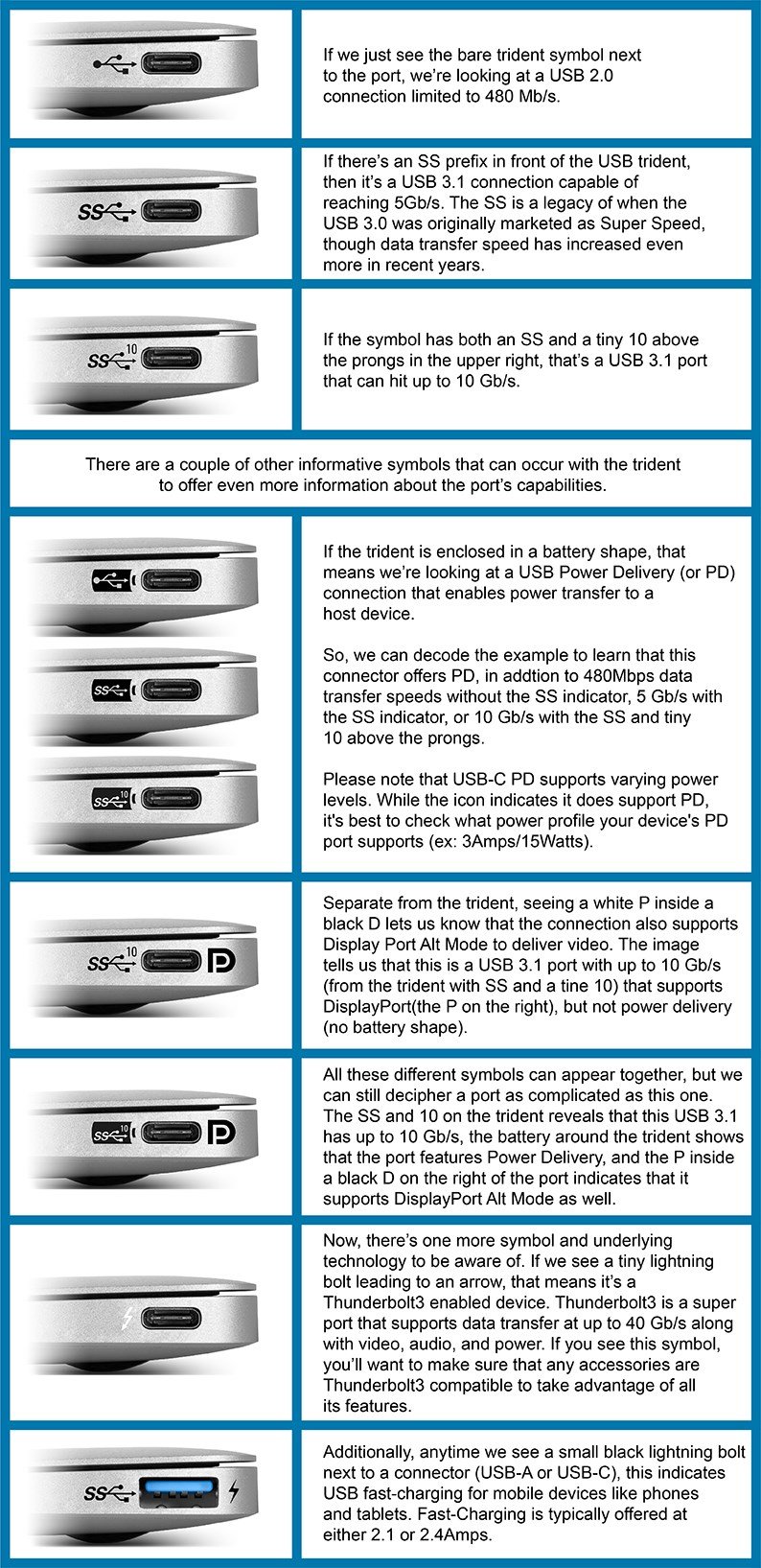this post was submitted on 09 Sep 2024
1575 points (97.4% liked)
Technology
59554 readers
3406 users here now
This is a most excellent place for technology news and articles.
Our Rules
- Follow the lemmy.world rules.
- Only tech related content.
- Be excellent to each another!
- Mod approved content bots can post up to 10 articles per day.
- Threads asking for personal tech support may be deleted.
- Politics threads may be removed.
- No memes allowed as posts, OK to post as comments.
- Only approved bots from the list below, to ask if your bot can be added please contact us.
- Check for duplicates before posting, duplicates may be removed
Approved Bots
founded 1 year ago
MODERATORS
you are viewing a single comment's thread
view the rest of the comments
view the rest of the comments

Phones with qualcomm chips briefly had their own proprietary fast charging standards that were not a USB standard. You are unlikely to be using those devices in 2024. But is it USB-IF's fault manufacturers tried to create proprietary standards to collect royalties?
No they didn't?
The 5Gbps transfer rate introduced in 2008 is called "Superspeed" and it always has been.
USB X.X is not a port or a transfer speed. It's the standard (ie a technical whitepaper). The standard is updated as time marches on and new features are added.
This was never a requirement, but it was nice to know which Type-A ports had 8 pins vs 4-pins.
For the most part you just plug it in and it works. If you need something specific like an external GPU connection, you can't use your phone charging cable, sure. Is that really that big of a deal?
Yes, it absolutely is USB-IF's fault that they are not even trying to enforce some semblance of consistency and sanity among adopters. They do have the power to say "no ~~soup~~ certification for you" to manufacturers not following the rules, but they don't use it anywhere near aggressively enough. And that includes not making rules that are strict enough in the first place.